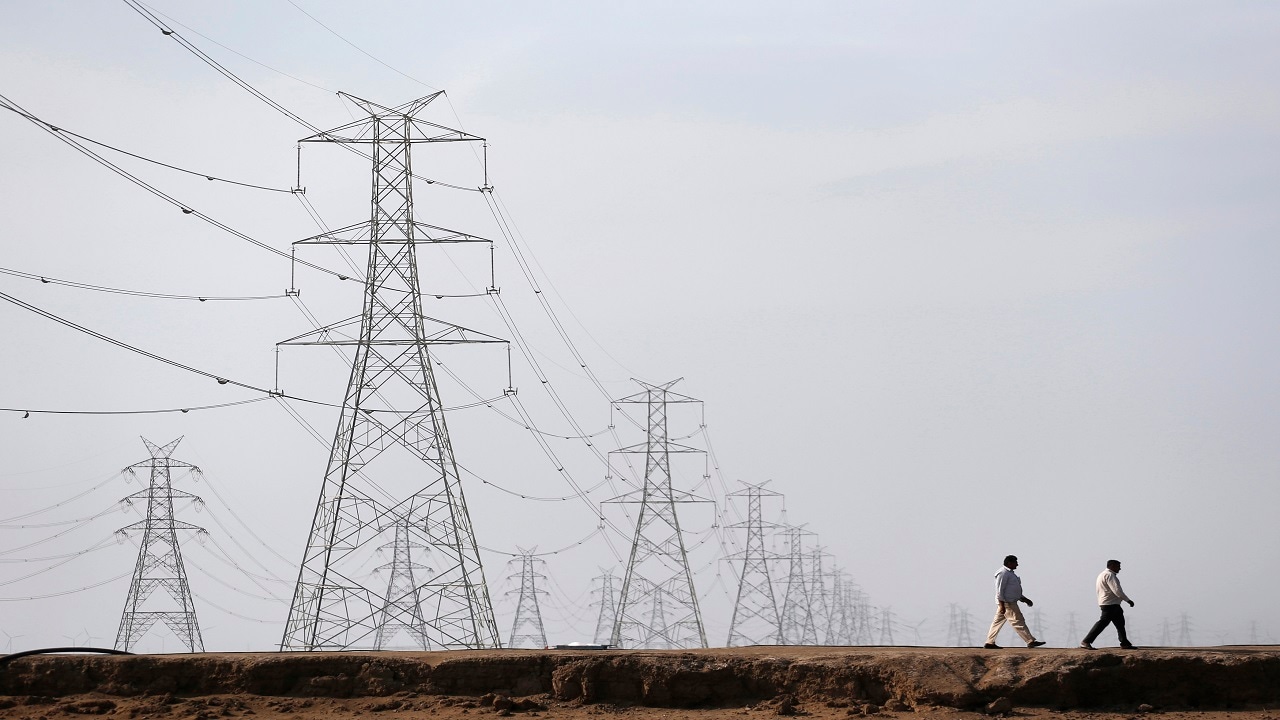Advertisement|Remove ads.
Government to consider privatisation, stake sale, market listing of state discoms to revive ailing sector
The Ministry of Power is weighing a comprehensive reform roadmap to address the mounting debt of state electricity distribution companies. The proposals under review include privatisation, partial stake divestment, and stock market listing of discoms, alongside tariff rationalisation and tighter financial discipline. If implemented, these steps could mark one of the biggest overhauls in India’s power sector in recent years.

In a major move to revive India’s struggling power distribution sector, the government is considering multiple reform measures, including the privatisation, partial stake sale, and possible market listing of state electricity distribution companies (discoms).
CNBC-TV18 has accessed a presentation under active consideration by the Ministry of Power, which outlines these options as part of a broader strategy to improve the financial health of the country’s debt-laden discoms.
The proposed reforms include allowing private participation in the management and operations of state discoms. This comes in the backdrop of earlier efforts, such as the proposed privatisation of select distribution circles in Uttar Pradesh. The document also suggests partial divestment of state government stakes in discoms where debt levels have become unsustainable. If that fails to attract sufficient interest, the ministry is exploring the possibility of listing these entities on stock exchanges to raise funds and improve transparency.
The plan also recommends steps to make electricity tariffs more cost-reflective, aiming to reduce losses and ensure operational viability. Another key proposal under discussion is the elimination of banking for open access, which currently allows power producers to store surplus energy for later use. The ministry believes this move could help improve the efficiency and financial performance of key lenders such as Rural Electrification Corporation (REC) and Power Finance Corporation (PFC), which provide funding to power projects nationwide.
Improving the health of discoms would have a far-reaching impact across India’s power value chain. A stronger distribution sector would benefit power utilities and generation companies, as well as financial institutions with exposure to the sector. Private players like Tata Power, Torrent Power, and CESC, which already operate distribution businesses, could be among the biggest beneficiaries if reforms are implemented. REC, PFC, and the Indian Renewable Energy Development Agency (IREDA) are also expected to gain from a reduction in discom debt stress and improved repayment capacity.
These proposals form part of the government’s wider effort to address the financial crisis in the distribution sector, which continues to face mounting dues and operational inefficiencies. The Centre is reportedly considering a $12 billion bailout plan to support these reforms and put discoms on a sustainable growth path. However, the measures remain under evaluation, and final implementation will depend on approvals from multiple stakeholders and state governments.
CNBC-TV18 has accessed a presentation under active consideration by the Ministry of Power, which outlines these options as part of a broader strategy to improve the financial health of the country’s debt-laden discoms.
The proposed reforms include allowing private participation in the management and operations of state discoms. This comes in the backdrop of earlier efforts, such as the proposed privatisation of select distribution circles in Uttar Pradesh. The document also suggests partial divestment of state government stakes in discoms where debt levels have become unsustainable. If that fails to attract sufficient interest, the ministry is exploring the possibility of listing these entities on stock exchanges to raise funds and improve transparency.
The plan also recommends steps to make electricity tariffs more cost-reflective, aiming to reduce losses and ensure operational viability. Another key proposal under discussion is the elimination of banking for open access, which currently allows power producers to store surplus energy for later use. The ministry believes this move could help improve the efficiency and financial performance of key lenders such as Rural Electrification Corporation (REC) and Power Finance Corporation (PFC), which provide funding to power projects nationwide.
Improving the health of discoms would have a far-reaching impact across India’s power value chain. A stronger distribution sector would benefit power utilities and generation companies, as well as financial institutions with exposure to the sector. Private players like Tata Power, Torrent Power, and CESC, which already operate distribution businesses, could be among the biggest beneficiaries if reforms are implemented. REC, PFC, and the Indian Renewable Energy Development Agency (IREDA) are also expected to gain from a reduction in discom debt stress and improved repayment capacity.
These proposals form part of the government’s wider effort to address the financial crisis in the distribution sector, which continues to face mounting dues and operational inefficiencies. The Centre is reportedly considering a $12 billion bailout plan to support these reforms and put discoms on a sustainable growth path. However, the measures remain under evaluation, and final implementation will depend on approvals from multiple stakeholders and state governments.
Read about our editorial guidelines and ethics policy

/filters:format(webp)https://news.stocktwits-cdn.com/large_Getty_Images_2222180224_jpg_e3d1b42037.webp)
/filters:format(webp)https://st-everywhere-cms-prod.s3.us-east-1.amazonaws.com/Prabhjote_DP_67623a9828.jpg)
/filters:format(webp)https://news.stocktwits-cdn.com/large_paramount_OG_jpg_64661e0152.webp)
/filters:format(webp)https://images.cnbctv18.com/uploads/2025/04/423107720-2025-04-097432120fdfbcb42d2029e245986454-scaled.jpg)
/filters:format(webp)https://st-everywhere-cms-prod.s3.us-east-1.amazonaws.com/cnbctv18logo.png)
/filters:format(webp)https://news.stocktwits-cdn.com/Getty_Images_2233055049_jpg_0a316df698.webp)
/filters:format(webp)https://news.stocktwits-cdn.com/shivani_photo_jpg_dd6e01afa4.webp)
/filters:format(webp)https://news.stocktwits-cdn.com/large_amazon_ceo_andy_jassy_jpg_6c23224285.webp)
/filters:format(webp)https://news.stocktwits-cdn.com/IMG_4530_jpeg_a09abb56e6.webp)
/filters:format(webp)https://news.stocktwits-cdn.com/Getty_Images_2235337169_jpg_5585acdd15.webp)